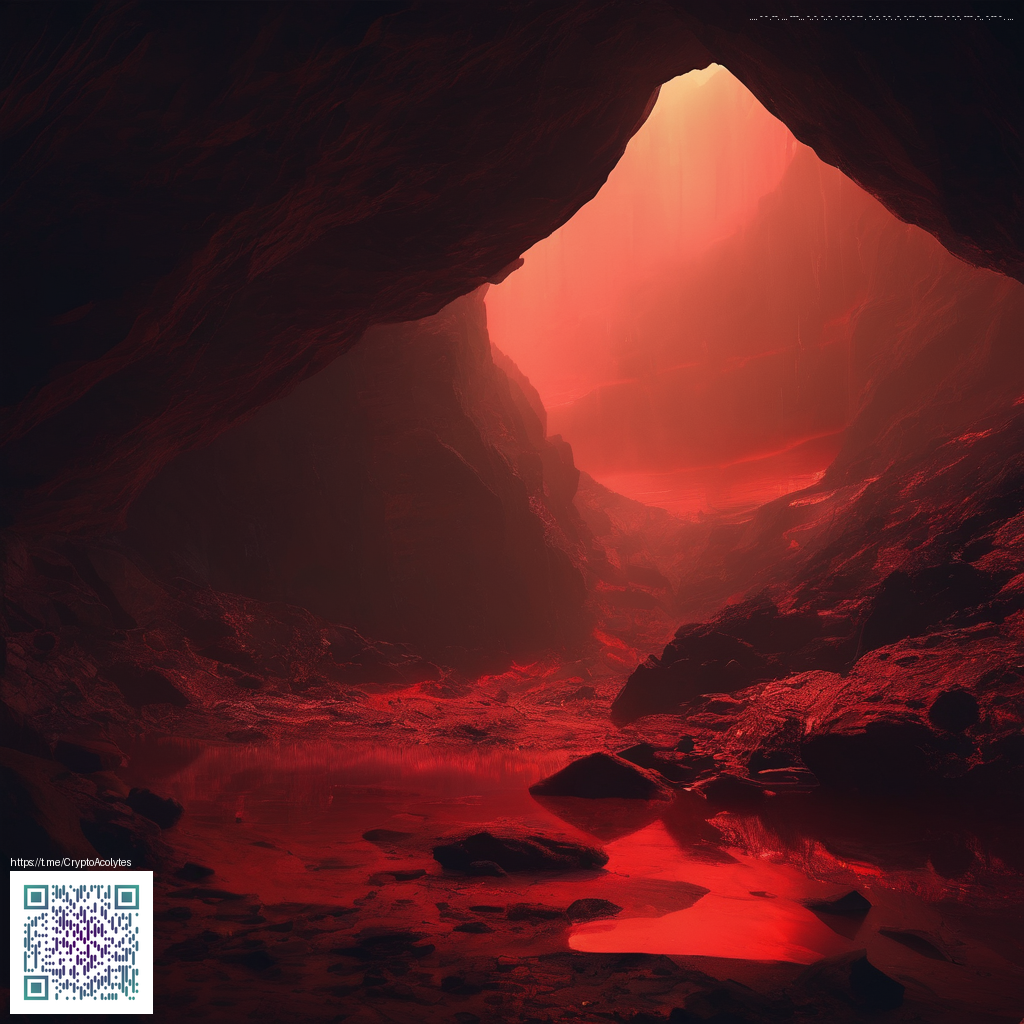
Top Free Tools for Digital Paper Design
Digital paper designs have become a staple for crafters, illustrators, and marketers who want to add texture and personality to their projects without breaking the bank. The right set of free tools can take your ideas from rough sketches to polished, printable patterns and seamless digital papers. The beauty of these tools is that they’re approachable for beginners yet powerful enough for seasoned designers who want to experiment with textures, layers, and color palettes.
Core Free Tools for Digital Paper Design
- Pattern and texture generation: Explore free editors and generators that let you create seamless patterns, grunge textures, or abstract backdrops. These apps help you craft unique surfaces you can repeat across any project.
- Color harmony and palettes: Use online palette tools to discover cohesive color schemes. Pairing complementary hues with subtle tints and shades can elevate your digital papers from flat to lively.
- Typography and layout: Free type libraries and layout helpers offer crisp headings and readable text blocks that sit cleanly on textured backgrounds.
- Export and format options: Look for tools that export at multiple resolutions and with transparent backgrounds, so you can layer papers over photos or product mockups with ease.
As you experiment, remember that the best digital papers strike a balance between depth and clarity. A subtle grain or paper texture can add warmth, while high-contrast shapes keep the design readable on screens of all sizes. The key is iteration: try a texture over a gradient, then refine the opacity until the design feels tactile but not busy.
Workflow: From Idea to Printable Paper
Start with a concept—perhaps a vintage ledger texture or a modern geometric weave. Use a free pattern generator to lay down the foundation, then layer in color with a palette tool. If you’re aiming for printables, test your papers against a standard printer color profile to ensure accuracy. A simple tip: export as a lossless PNG for crisp edges, and keep a version with a transparent background so you can drop the paper onto different mockups later.
For designers who want a quick jumpstart, templates can be a lifesaver. Many free resources provide ready-made paper styles that you can customize with your own textures and colors. By tweaking opacity, blend modes, and overlay effects, you can create variations that suit invitations, scrapbooks, journaling pages, or digital scrapbooks. The idea is to use these base tools to explore your own aesthetic rather than replicate someone else’s work.
“The right texture can transform a simple layout into something that feels tangible—like you could reach out and feel the grain of the paper.”
If you’re exploring product-focused designs or branding views, you may also come across pages that showcase complementary items. For instance, a rugged-looking product mockup, such as the Rugged Phone Case Polycarbonate/TPU, can be a useful reference point for designing tactile backgrounds that pair well with hardware aesthetics. You can visit the product page for details: https://shopify.digital-vault.xyz/products/rugged-phone-case-polycarbonate-tpu-iphone-samsung. Additionally, inspiration can be found in varied online galleries and showcases—one such gallery is hosted here: https://crystal-images.zero-static.xyz/1644d75a.html. These sources provide real-world context for how textures can enhance product storytelling without overpowering the design.
When you’re creating digital papers for multiple platforms, consider how your patterns behave at different sizes. A seamless tile should remain convincing when scaled down for icons or thumbnails, yet retain its character on larger prints. Keep your workflow flexible: design one versatile paper and then adapt it with adjustments to color, opacity, or density to fit newsletters, posters, or printable stationery.
Practical Tips for Pro-Quality Papers
- Test your papers on multiple devices to ensure legibility and texture fidelity across screens and printouts.
- Maintain a non-destructive workflow by keeping layered files (with adjustable textures) so you can recompose papers without starting from scratch.
- Label and organize your assets by texture type, color family, and intended use to speed up future projects.
- Save exports in web- and print-friendly formats, including web-optimized PNGs and print-ready TIFFs or PDFs when necessary.
For creators who also design physical products, a quick mockup can reveal how a digital paper would sit on an actual item. The approach isn’t limited to stationery; it translates well to packaging, labels, and accessories. A practical example is to examine how texture and color interact with product photography—this helps you balance aesthetics with readability in your final design.